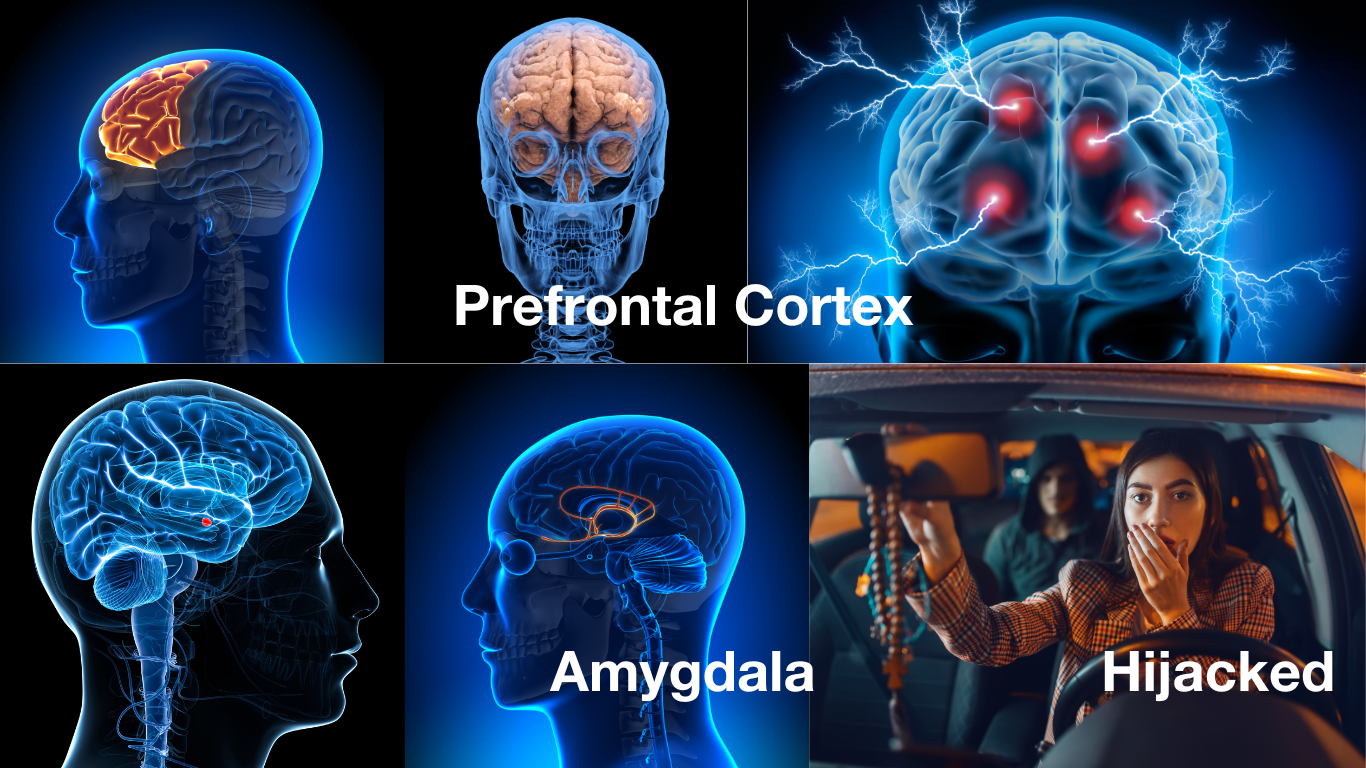
Change involves facing the unknown. As human beings, we like the familiar. It offers a sense of security. Even when we can clearly see that the grass is greener on the other side of the fence, we stay in our lane because we know what to expect.
The neuroscience of change involves examining how the brain reacts to and deals with shifts in the environment. When change occurs, different parts of the brain, like the prefrontal cortex and amygdala, come into action. The prefrontal cortex assesses the new situation and potential benefits, while the amygdala, responsible for emotions, may trigger feelings of fear or anxiety due to uncertainty.
The brain’s ability to reorganize itself, known as neuroplasticity, is crucial for adapting to change by forming new connections and acquiring skills needed for new situations. Understanding this neuroscience can help develop strategies to manage resistance, improve adaptability, and encourage positive responses during times of transition.
Curious as to why you might fear change? Keep reading to learn about Change Factors.
